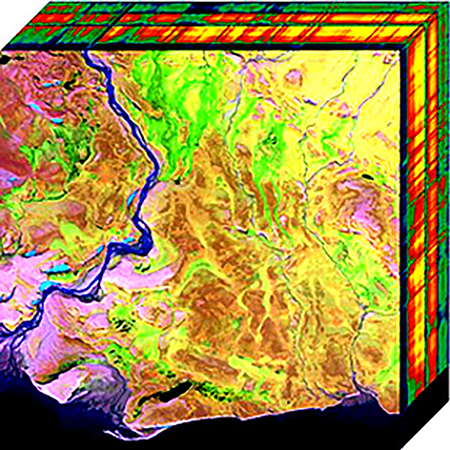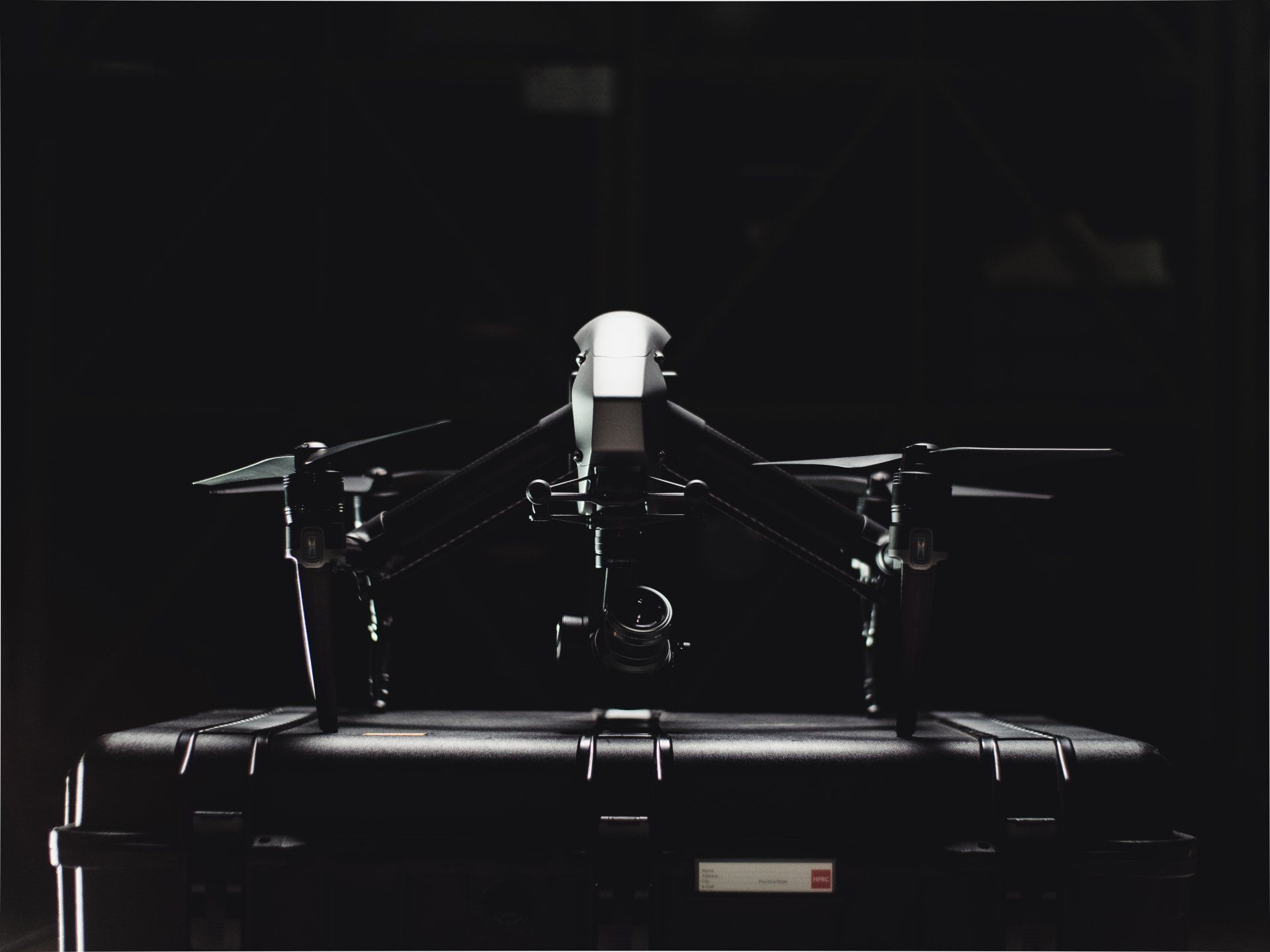From Mind to Machine: Unveiling the Cognitive Blueprints of Artificial Intelligence
Exploring the Intersection of Human Cognition and AI Development

AI, a prevailing force in our digital era, imitates the core elements of human cognition. AI's iterative learning mirrors human adaptability, intuition, and creativity.
In an age when artificial intelligence (AI) permeates every corner of our lives, it's easy to overlook the fact that it's largely modeled after human cognition. The marvel of AI technology isn't simply a testament to our technical prowess; it's an echo of our own neural orchestration, a mirror reflecting the vast capabilities of our cognitive processes.
Neural Networks: Building Blocks of AI
The increasing sophistication of AI technology is powered by its ability to mimic, and sometimes even surpass, aspects of human intelligence. The pillars of AI — machine learning and deep learning — draw significant inspiration from our cognitive architecture. These intelligent systems leverage neural networks that emulate human brain patterns, processing, analyzing, and interpreting large volumes of data.
Deep learning exemplifies the intersection of human cognition and AI. Much like humans learn from experience, artificial neural networks improve through iteration, translating raw data into actionable information.
Key elements of deep learning are:
- Emulating human cerebral processes
- Iterative improvement from experiences
- Translation of raw data into actionable information
The Shared Traits
Our brains are capable of reprogramming connections, learning new skills, and adapting to different situations. This adaptability is mirrored in dynamic AI learning algorithms that continually evolve. For example, the advanced model GPT-4 showcases a level of context understanding unparalleled in previous versions.
AI’s capacity to emulate human intuition and creativity broadens the landscape of machine intelligence. Machine learning models like AlphaGo Zero demonstrate intuitive decision-making, while AI's ability to generate music, art, or literature offers a technological approximation of human creativity.
The development of algorithms that mimic our cognitive processes allows us to better understand our own minds. Just as the invention of the clock led to a mechanistic view of the universe, AI development is prompting a new narrative for our understanding of cognition.
The Elusive Nuances
Despite significant strides, certain nuances of human cognition, such as empathy, consciousness, and self-awareness, remain elusive to AI.
The relationship between human cognition and AI is dynamic, continually reshaping each other. As AI mimics our brains, it not only extends the boundaries of what technology can achieve but also deepens our understanding of ourselves.









